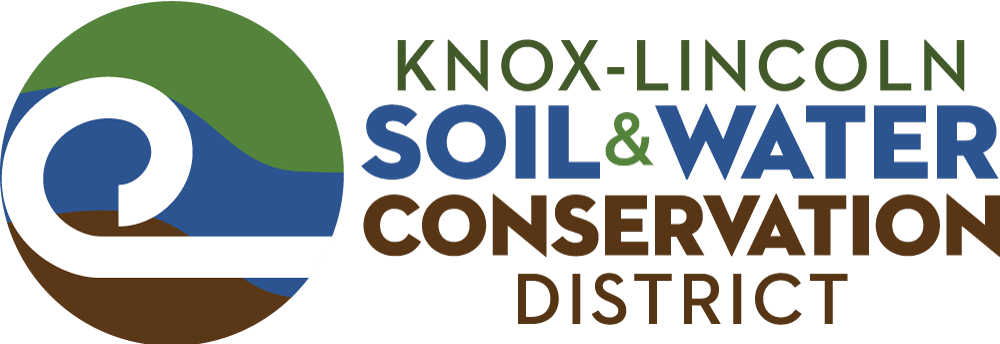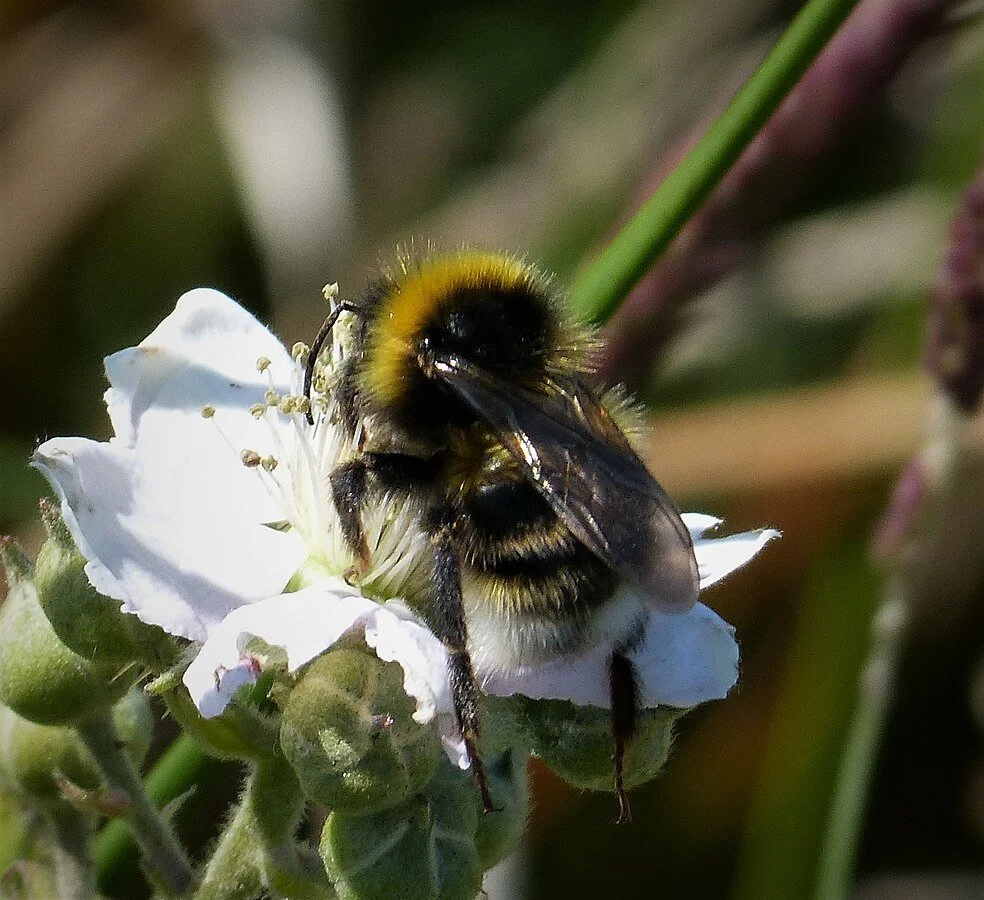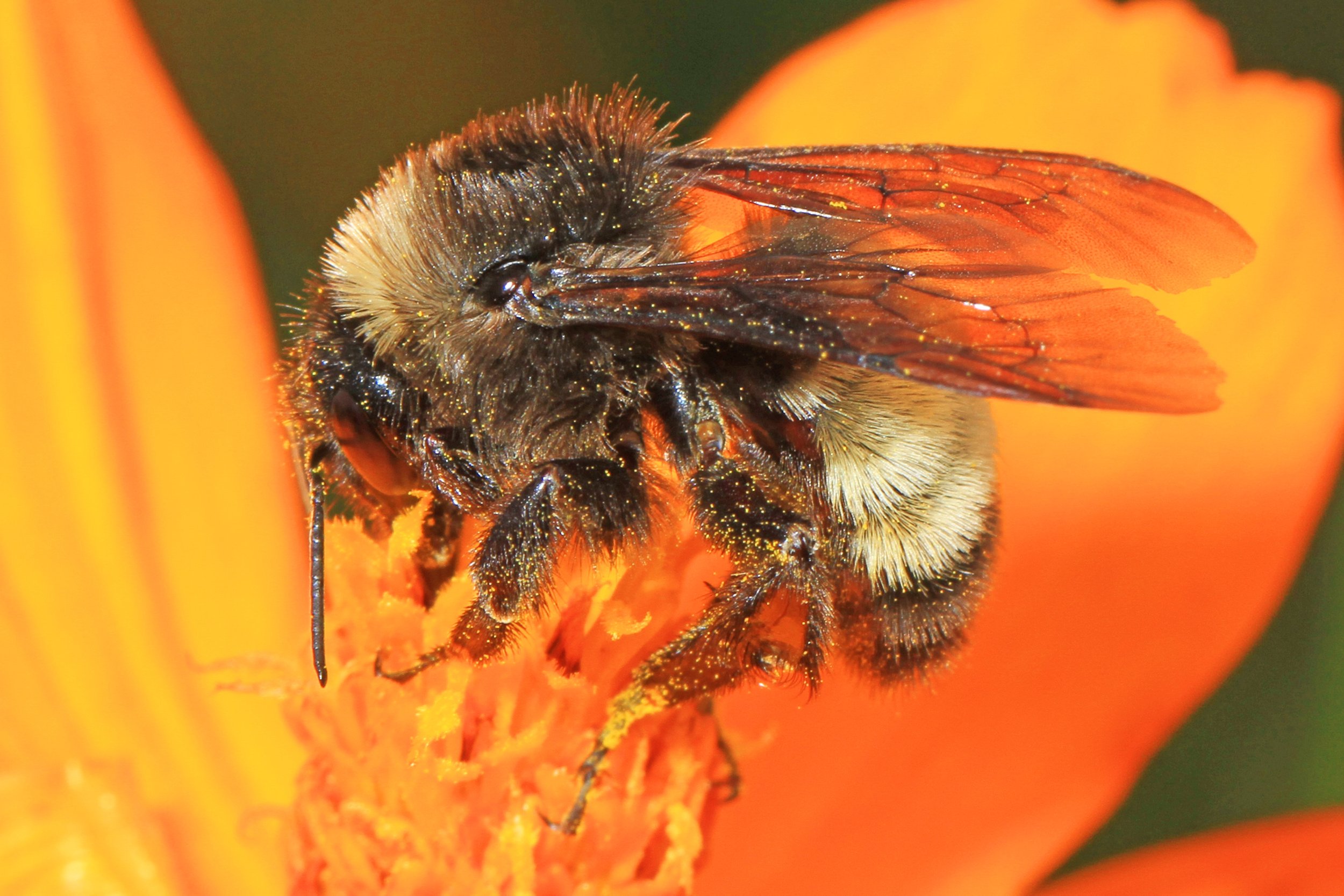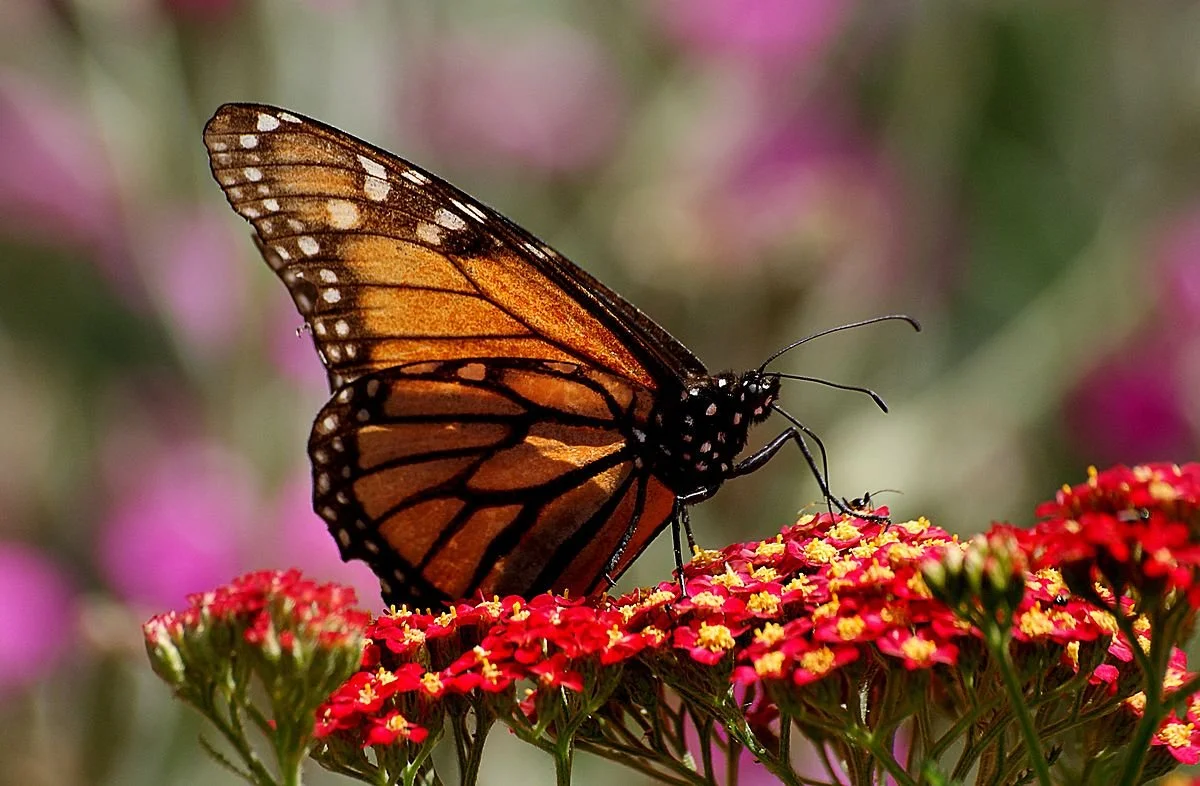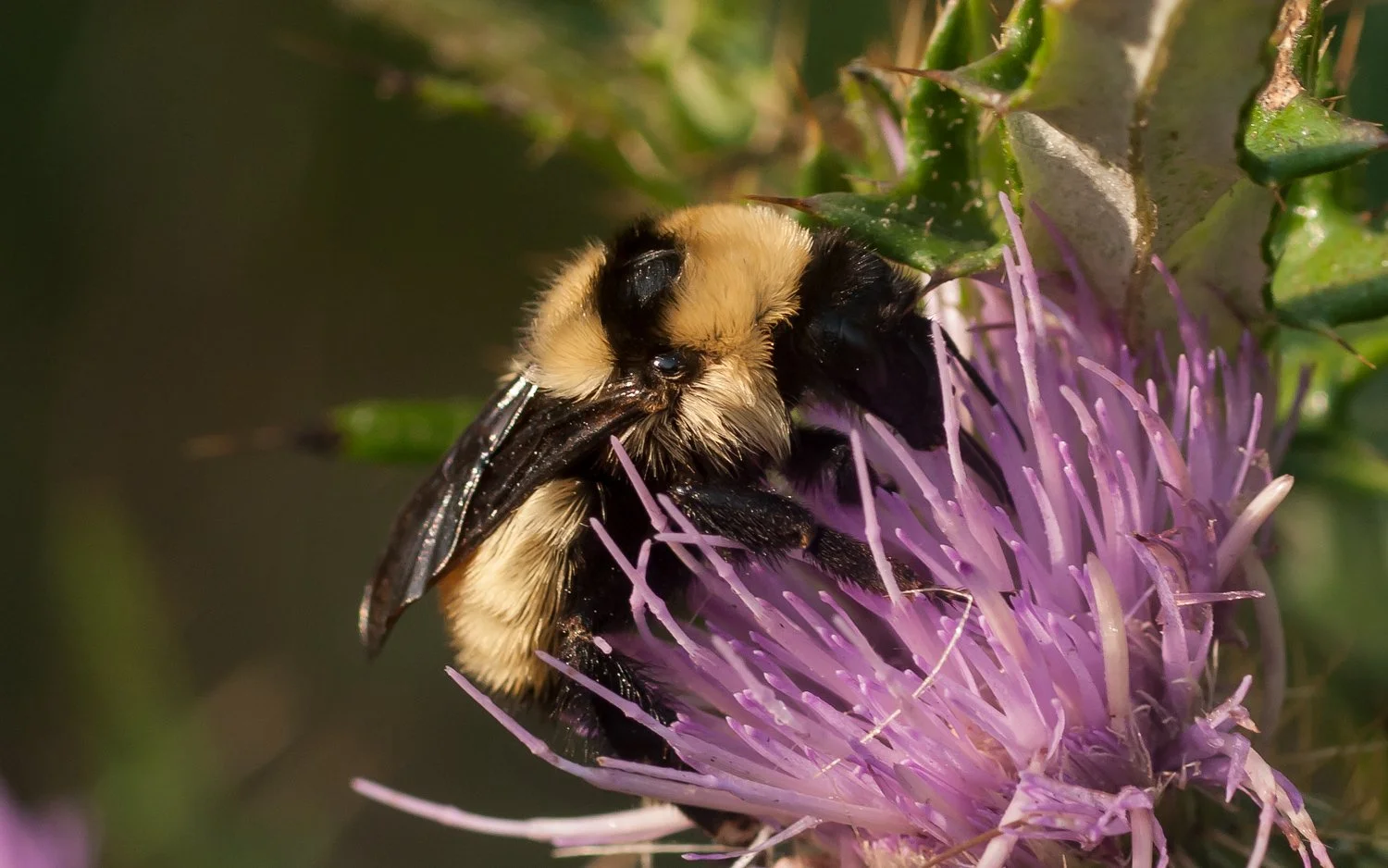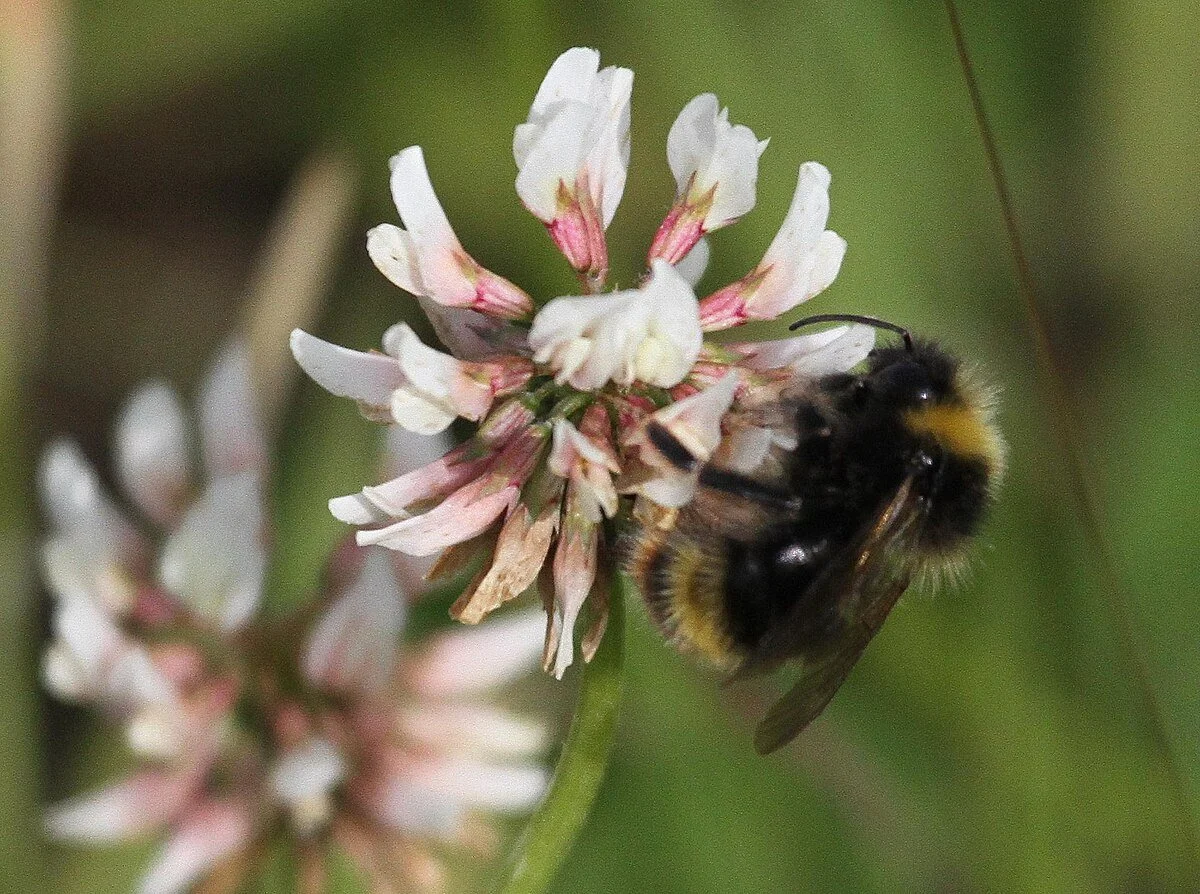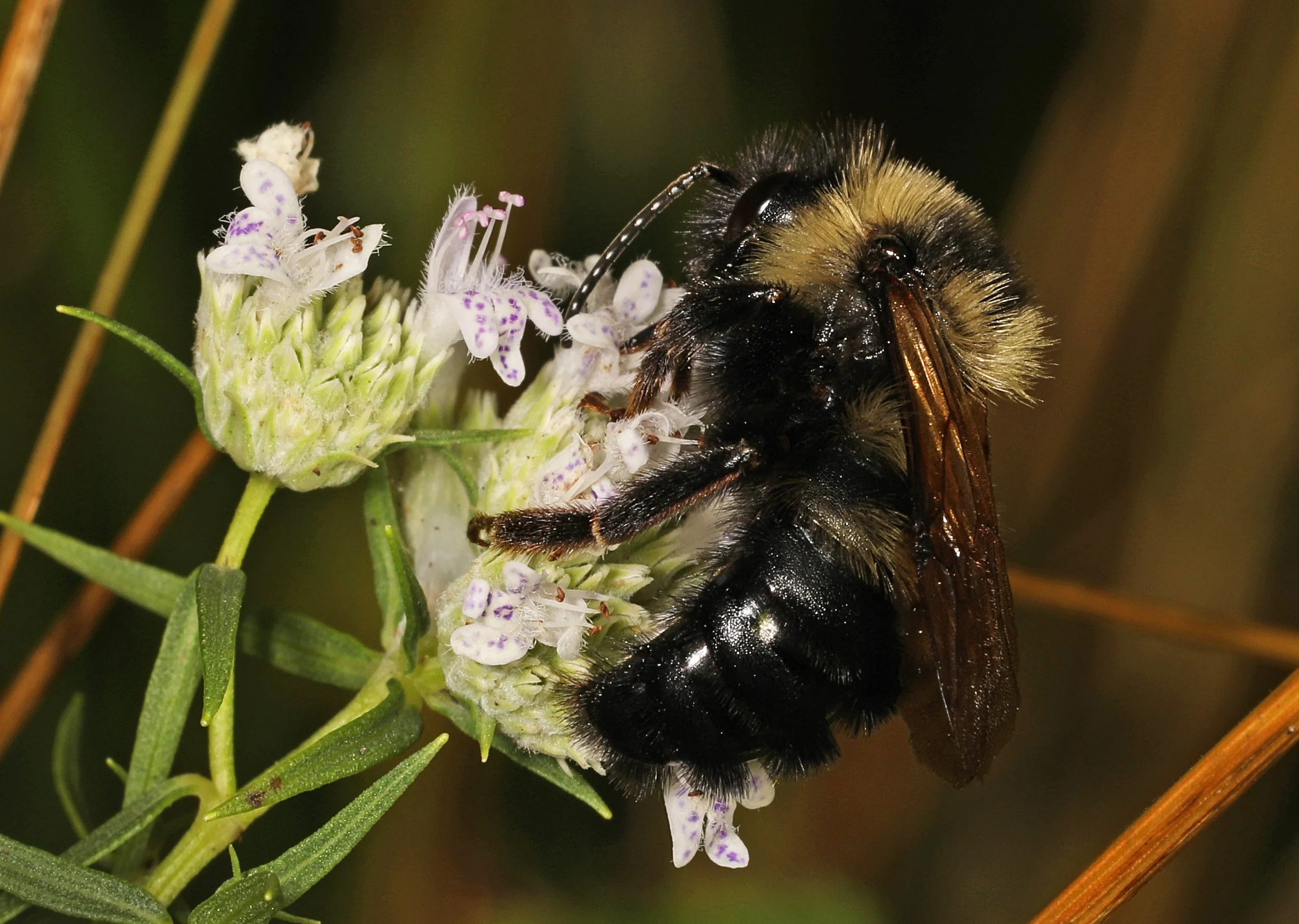
Natural Resources Conservation Service
New England Pollinator Partnership (NEPP)
NEPP protects producers and pollinators across six New England states.
What is the New England Pollinator Partnership (NEPP)?
The New England Pollinator Partnership (NEPP) is an agreement between the USDA's Natural Resources Conservation Service (NRCS), the U.S. Fish and Wildlife Service (USFWS), and participating landowners to help restore populations of the rusty patched bumble bee, monarch butterfly, and nine other bumble bee species found throughout New England.
This partnership aims to increase pollinator habitat, reduce pesticide exposure to pollinators, and provide assurances to participating landowners. Assurances provide a "peace-of-mind" that if the monarch butterfly or other target species are federally listed and harmed while carrying out pollinator conservation activities, the landowner is not liable for incidental "take" under the Endangered Species Act. Endangered Species Act protections are offered for the entire 25-year lifespan of this Agreement (April 30, 2044).
Participating landowners stand to benefit from increased abundance and diversity of crop pollinators and natural enemies (insects that help control crop pests).
Interested in participating? Contact your field office.
Read more: Q&A: New England Pollinator Partnership (PDF)
Learn more about Natural Resources Conservation Service and other programs and initiatives offered.

Core Practices
Participating landowners must implement at least one of the following Core NRCS Environmental Quality Incentives Program (EQIP) practices to participate in the New England Pollinator Partnership:
Brush Management (314)
Herbicide Weed Treatment (315)
Conservation Cover (327)
Field Border (386)
Riparian Forest Buffer (391)
Wildlife Habitat Planting (420)
Hedgerow Planting (422)
Pest Management Conservation System (595)
Tree/Shrub Establishment (612)
Upland Wildlife Habitat Management (645)
Early Successional Habitat Development/Management (647)
Wetland Restoration (657)
What do landowners get?
If interested, participating landowners can receive regulatory assurances. In other words, if a rusty patched bumble bee is injured or killed, or its habitat degraded significantly, and the injury, death, or degraded habitat is the result of activities carried out in accordance with BMPs and NRCS conservation practice standards, the landowner is protected from liability for that “take." Further, if any pollinator species covered by this agreement are listed in the future as Federally threatened or endangered, participating landowners will receive the same liability protection for the newly listed species.
Participating landowners will also see an increase in the number of native pollinators that pollinate crops and forage on newly established habitat.
How to participate
Any landowner eligible for financial or technical assistance from NRCS in New England can participate. Participants must:
Work with NRCS to develop a conservation plan. Contact your field office to get started.
Implement at least one core conservation practice (shown above).
Adhere to NEPP Best Management Practices, like maintaining a no-spray pesticide buffer around established pollinator habitat.
Covered Species
Importance of the covered species under the NEPP
The pollinators covered under NEPP are important to overall ecology, crop production and native plant reproduction. Many have, are currently, or are likely to begin facing declines due to a variety of synergistic factors. These include habitat loss or fragmentation, pesticide exposure, pathogens, loss of genetic diversity, resource competition, and climate change. See information on each of the covered species below.
Rusty Patched Bumblebee (Bombus affinis) - Federally Endangered
Photo: USFWS Midwest Region
Yellow Banded Bumble Bee (Bombus terricola)
Photo: Rob Foster
Ashton's Cuckoo Bumble Bee (Bombus bohemicus)
Photo: gailhampshire
American Bumble Bee (Bombus pensylvanicus)
Photo: Judy Gallagher
Monarch Butterfly (Danaus plexippus)
Photo: Bernard Spragg
Yellow Bumble Bee (Bombus fervidus)
Photo: Ken Larsen
Fernald Cuckoo Bumble Bee (Bombus flavidus)
Photo: Jan Ove Gjershaug
Lemon Cuckoo Bumble Bee (Bombus citrinus)
Photo: Judy Gallagher
Confusing Bumble Bee (Bombus perplexus)
Photo: Judy Gallagher
Indiscriminate Cuckoo Bumble Bee (Bombus insularis)
Photo: Mike Akresh
Variable Cuckoo Bumble Bee (Bombus variabilis)
Photo: USGS Bee Inventory and Monitoring Lab
Importance of NEPP for pollinators
Providing floral habitat
Pollinating insects need nectar and pollen food sources to be able to live, reproduce, and maintain populations. High quality habitats, like those created using the NRCS practice Wildlife Habitat Planting (420), provide a diversity of native perennial wildflowers that offer a variety of nectar and pollen resources throughout the entire growing season.
Providing floral resources throughout the entire season is very important for providing habitat to a variety of species that may be active at different times and for species like the rusty-patched bumble bee that has a long lifecycle and is active from April-September. The presence of high-quality insect habitat throughout the landscape provides other benefits, such as ecological pest control, increased food for other wildlife, and increased carbon sequestration.
Providing nesting and overwintering resources
Pollinators also require unique nesting and overwintering resources to complete their life cycles. Native bees will nest or overwinter in a variety of natural structures such as within old rodent burrows in the soil, leaf litter, downed logs, snag trees, rock walls, hollow stems, or under bunch grasses. It is important to ensure these resources are available nearby when creating habitat for native bees, so their travel distance from food resources to nesting and overwintering resources will not cause these animals to expend excessive energy. A simple action such as creating a snag tree or leaving leaf litter or bunch grasses throughout the winter in an edge area next to flowering habitat can create habitat with all of the necessary elements for a pollinator to live, reproduce, and carry-on to the next generation. The NRCS practice Structures for Wildlife (649) can support landowners in the creation of many of these important resources.
Providing protection from management activities
Providing high quality habitat that is safe from pesticide exposure or other disturbance is also critical for conserving these covered species and all pollinator species. Management actions such as mowing can completely change the value of pollinator habitat by removing flowers during the active bee season. Pesticide use can also have potential effects to the value of habitat if herbicides are able to drift into habitat areas, harming floral resources. Pesticides like insecticide or fungicide can also create negative effects for exposed insects.
Other simple ways to reduce harm to pollinators and their habitat include adjusting mowing schedules (timing and frequency) to avoid mowing areas with milkweed when monarch caterpillars are present on the milkweed host plants and mowing in the dormant season after plants are done blooming and pollinators are not active. NRCS practices like Pest Management Conservation System (595), Early Successional Habitat Development/Management (647), or Upland Wildlife Habitat Management (645) can help land managers create management plans that reduce harm to pollinators.
NRCS District Service Centers
To learn more and inquire about any NRCS services and programs, contact your NRCS District Conservationist.
Lincoln and Kennebec Counties
Amanda Burton, District Conservationist
amanda.burton@usda.gov
(207) 622-7847 Ext. 3
2305 North Belfast Avenue
Augusta, ME 04330
Get Directions
Knox and Waldo Counties
Peter Abello, District Conservationist
peter.abello@usda.gov
(207) 338-1964 Ext. 3
46 Little River Drive
Belfast, ME 04915-9804
Get Directions
